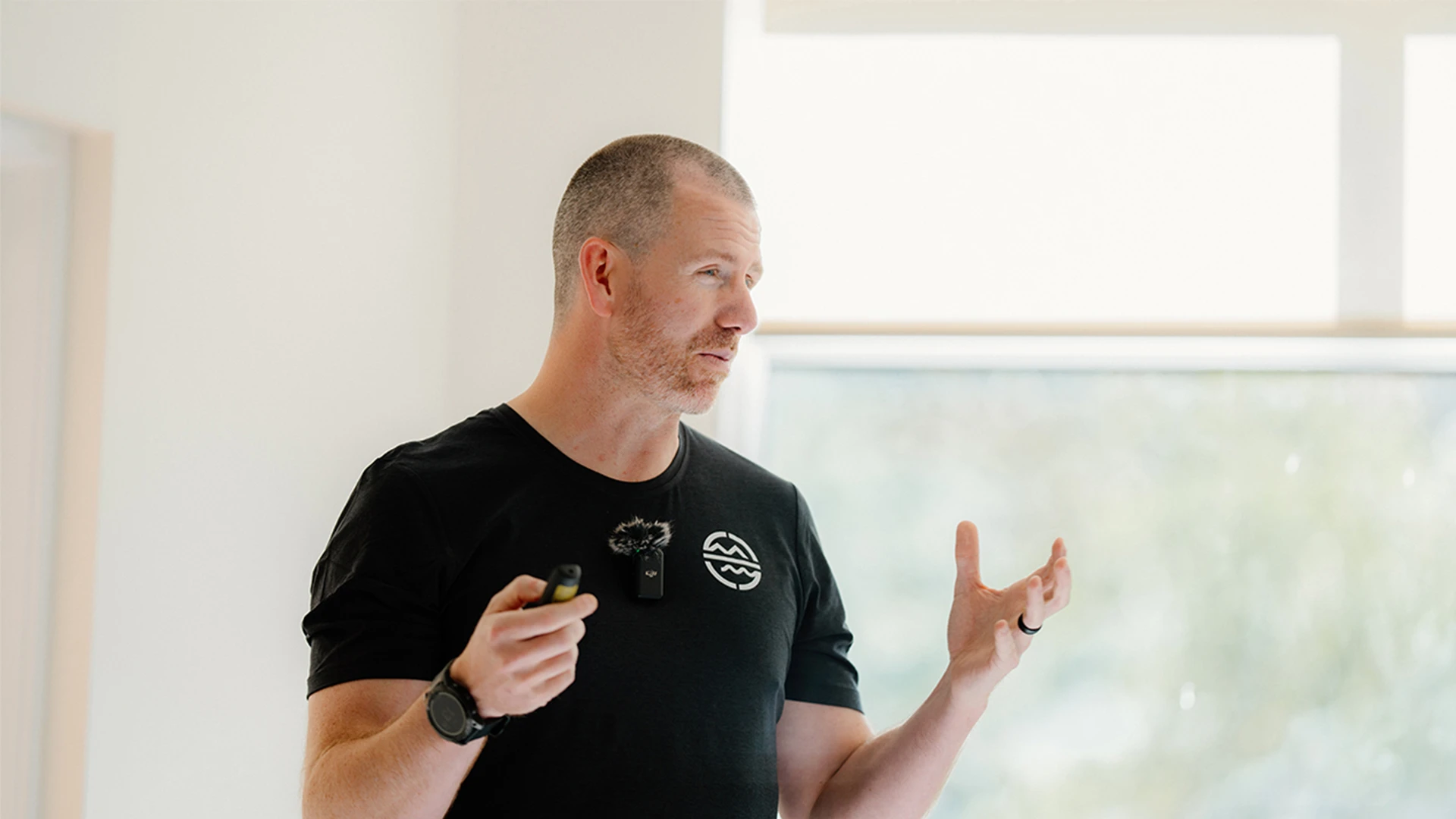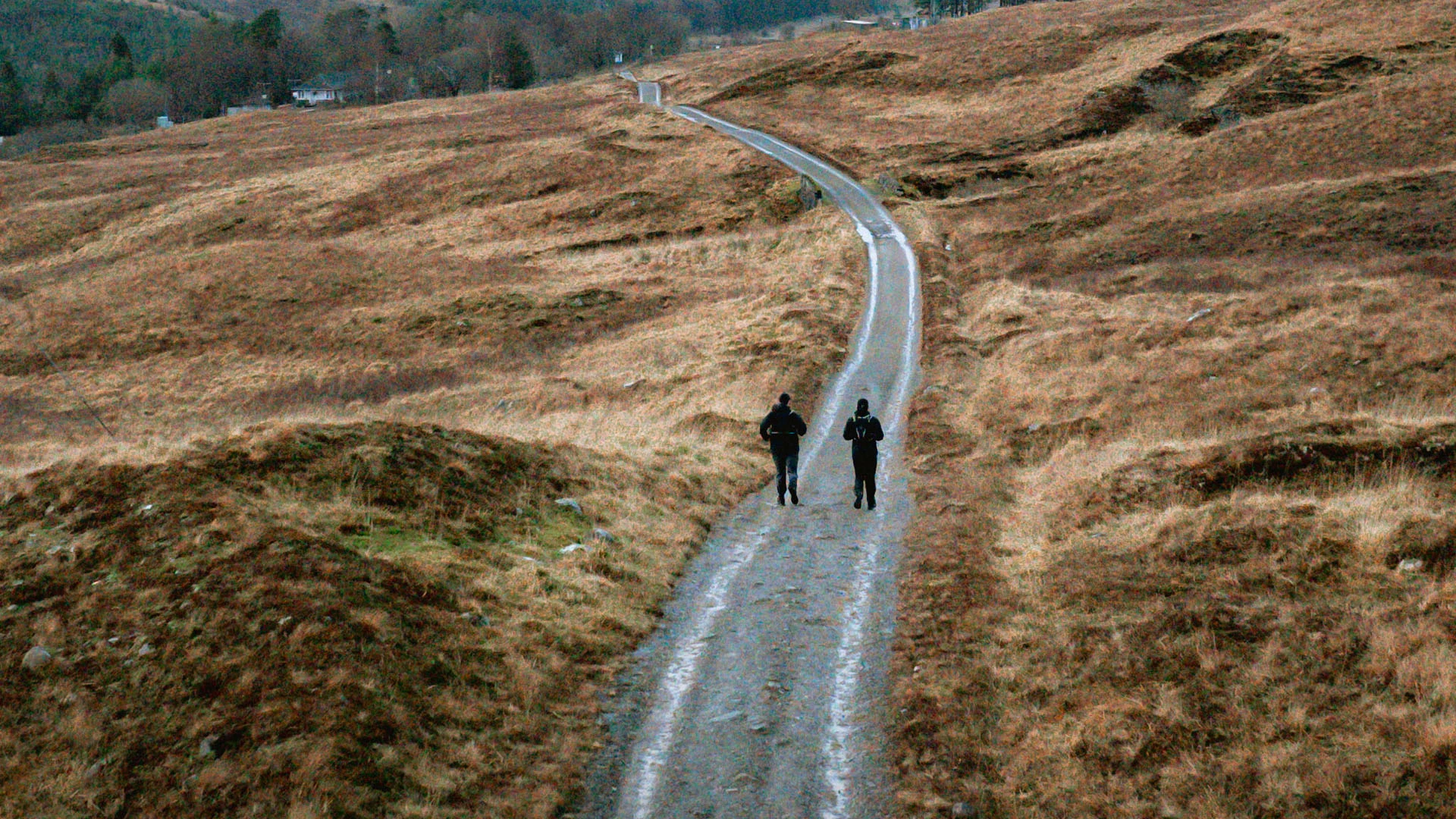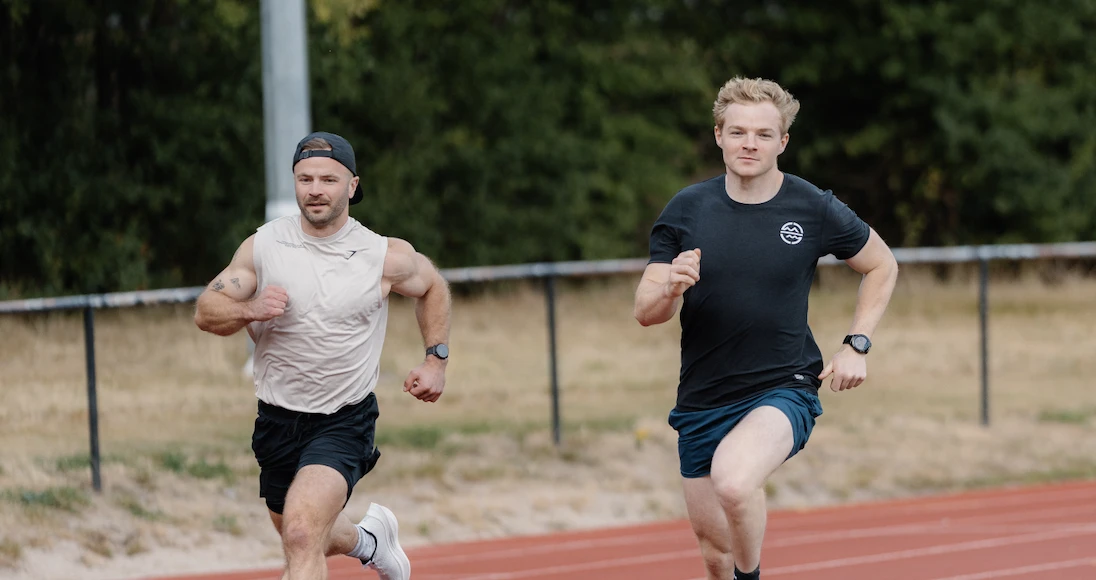Your First Triathlon: The Ultimate Race Day Survival Guide
Picture this: You're standing at the water's edge, wetsuit zipped, heart hammering against your ribs. Around you, hundreds of other athletes are going through their pre-race rituals. The gun is about to fire for your very first triathlon, and suddenly you're questioning everything. Did you train enough? Will you remember how to transition? Can you actually do this?
Here's the truth: You absolutely can.
Our Social Media Manager Kelly discovered this back in 2019 when she tackled her first triathlon. Fast forward to today, and she's conquered over 20 triathlons, 10 duathlons, 2 Ironmans, and 1 long-distance duathlon. The secret? It's not just about fitness -it's about strategy, preparation, and knowing the game-changing details that separate finishers from champions.
Why Triathlon is the Ultimate Time Game
Here's what caught Kelly off guard in her first race: triathlon isn't just about being fast in three sports. It's about being efficient across four disciplines - swimming, cycling, running, and the often-overlooked fourth discipline: transitions.
While marathon runners only need to check their pace, triathletes are playing a complex chess game where every second counts. How quickly you slip out of your wetsuit, how smoothly you mount your bike, even how fast you can lace your running shoes - these micro-moments can be the difference between a podium finish and wondering "what if?"
Pre-Race Preparation: Your Secret Weapons
Master Your Transitions (Before Race Day)
Find an empty car park, a quiet street, or a local park and create your own transition area. This isn't just practice - it's programming your muscle memory for when your brain is oxygen-deprived and running on pure adrenaline.
Practice until it's automatic:
-
Wetsuit on and off (yes, it's trickier than it looks)
-
Running alongside your bike without looking like a newbie
-
Getting shoes on and off at lightning speed
When you're stumbling out of the water, dizzy and disoriented, you want these movements to be as natural as breathing.
The Run-Off-The-Bike Game Changer
This is the mistake Kelly sees everywhere - athletes who nail their swim and bike splits but fall apart the moment they start running. Your legs feel like concrete blocks, your stride resembles a penguin waddle, and you're wondering if someone replaced your running shoes with lead weights.
The solution? Practice those brick workouts religiously. Your body needs to adapt to the jarring transition from cycling to running. Master this, and you'll cruise past competitors who are struggling through the dreaded "jelly legs."
Transition Setup: Your Personal Pit Stop
Arrive early - preferably right when transition opens. Think of your transition area as your personal pit stop in Formula 1. Every item has a purpose and a place.
Your transition checklist:
-
Memorize your bike rack number (repeat it like a mantra coming out of the water)
-
Helmet positioned upside down on handlebars for quick access
-
Shoes ready with velcro open (experienced cyclists can clip shoes to pedals)
-
Socks laid out (or skip them entirely with talcum powder in sprint races)
-
Everything within arm's reach
Race Day Strategy: From Start to Finish Line
Pre-Race Fuel and Prep (30 Minutes Out)
Here's Kelly's pre-race ritual that's been tested through 20+ races:
30 minutes before: Slip into your wetsuit, but first - cover your body in baby oil and Vaseline. Yes, it sounds weird. Yes, it works. Your wetsuit will glide off like silk, and you'll avoid painful chafing.
30 minutes before: Oat bar for sustained energy 15 minutes before: Caffeinated gel for that extra kick 20 minutes before: Light warm-up run and stretching
Remember: Nothing new on race day. Practice this routine in training.
The Swim: Finding Your Flow in the Chaos
The gun fires, and chaos erupts. Bodies everywhere, water splashing, adrenaline surging. Here's your survival strategy:
Use the first 100 meters to find your comfortable space. Don't get caught up in the washing machine of flailing limbs near the start line. Sight every few strokes - going off course will cost you far more time than a few extra seconds of looking up.
Most importantly: Don't stop swimming until your hands touch the bottom. Standing up in knee-deep water wastes energy and time. Let the water carry you as far as possible.
Transition 1: The Wetsuit
The moment you exit the water, start unzipping. While you're running to your bike, work that wetsuit down to your waist. At your transition area, step on each leg of the wetsuit to pull it off quickly. Grab your helmet and put it on. Ideally, this should be placed next to your handlebars on the bike upside down, so it's easy to grab and place straight on your head.
Pro tip: Place your wetsuit neatly in your area. Nobody likes the athlete who flings their gear everywhere.
The Bike: Steady Power, Smart Choices
Mount safely and get out of faster athletes' way. There's no prize for the fastest bike mount if you crash in the process.
Stick to your race plan - whether that's power zones, heart rate, or perceived effort. Remember, there's still a run coming. The biggest mistakes Kelly sees? Drafting (it's illegal and dangerous) and cutting people off. Stay aware, skip the headphones, and fuel consistently. Sip your water, don't chug it. Eat that bar or gel - your legs will thank you on the run.
Transition 2: The Final Switch
Concentrate. This is where fatigue makes fools of us all. Dismount smoothly, stay out of other athletes' way, and remember your transition area location.
Your T2 checklist:
-
Helmet OFF first (or you'll forget...)
-
Cycling shoes off
-
Running shoes on (elastic laces...look it up)
-
Race belt with bib number (some races require this, some not)
-
Grab your run nutrition (if you can, have it in your race belt)
-
GO! Every second counts here.
The Run: Where Mental Toughness Takes Over
Your legs feel foreign. Your stride is off. Welcome to the run leg of triathlon - where your brick training pays dividends.
If you've practiced running off the bike enough, this feeling will pass quickly. Stick to your race plan, fuel consistently, and remember: Pain is temporary, but the feeling of crossing that finish line lasts forever.
The Bottom Line
Your first triathlon isn't about being perfect - it's about being prepared. You've put in the training, you've practiced the transitions, you've planned your race strategy. Now all that's left is to trust the process and focus on that finish line.
Every triathlete started exactly where you are now: nervous, excited, and ready to discover what they're truly capable of. The difference between those who thrive and those who merely survive? Preparation meets opportunity.
Your opportunity is coming. Are you prepared?
Interested to see break down our Triathlon Training weeks?
Download the Training Split: Triathlon Guide here
We have over ten triathlon, duathlon and cycling training plans available. Whether you're looking to take on a sprint triathlon or your first Ironman...we've got you covered.
 How to Train and Fuel Smart During the Winter: Expert Advice from Omnia Performance
How to Train and Fuel Smart During the Winter: Expert Advice from Omnia Performance
 Ultra Marathon Training: Expert Tips on Nutrition, Strength, and Endurance
Ultra Marathon Training: Expert Tips on Nutrition, Strength, and Endurance
 How To Train Twice A Day (Effectively)
How To Train Twice A Day (Effectively)